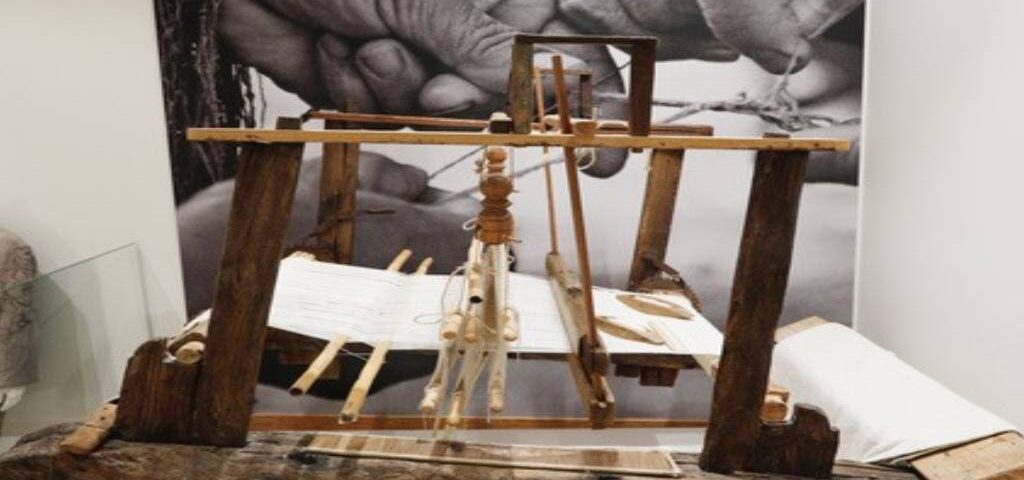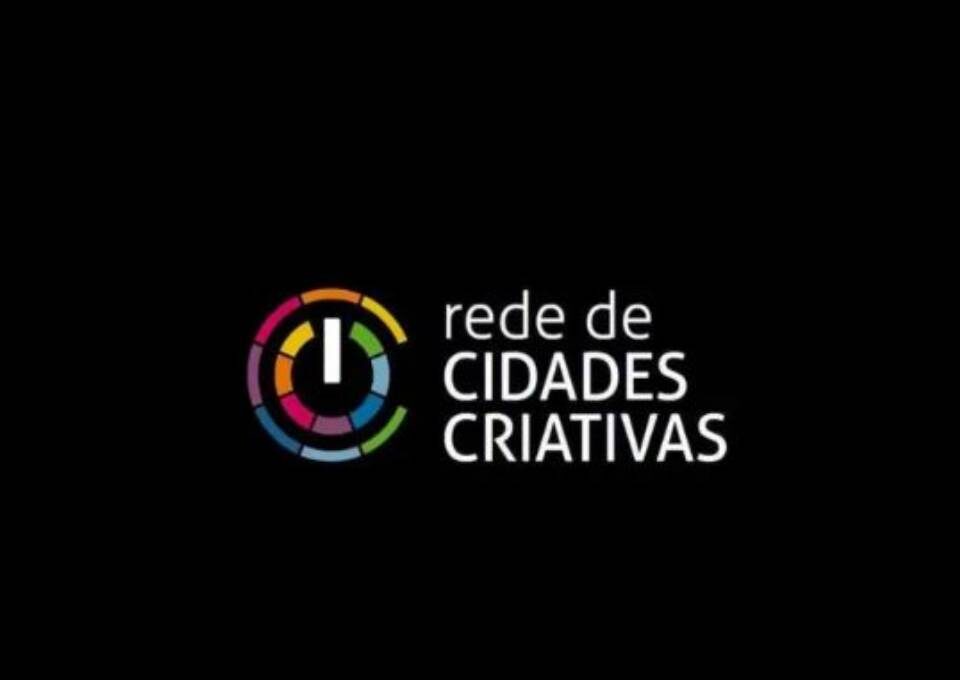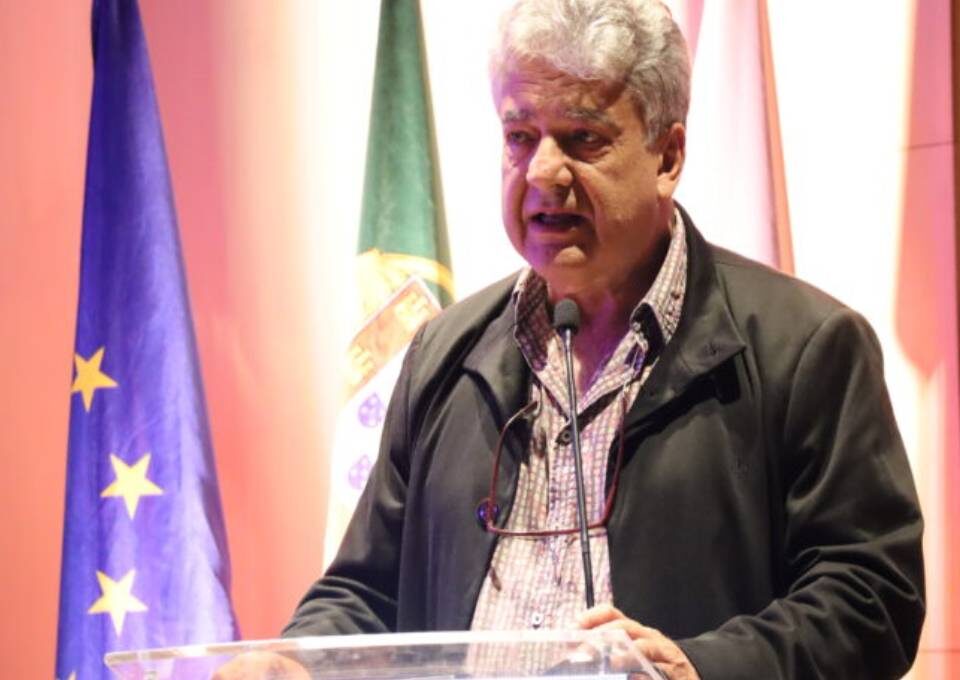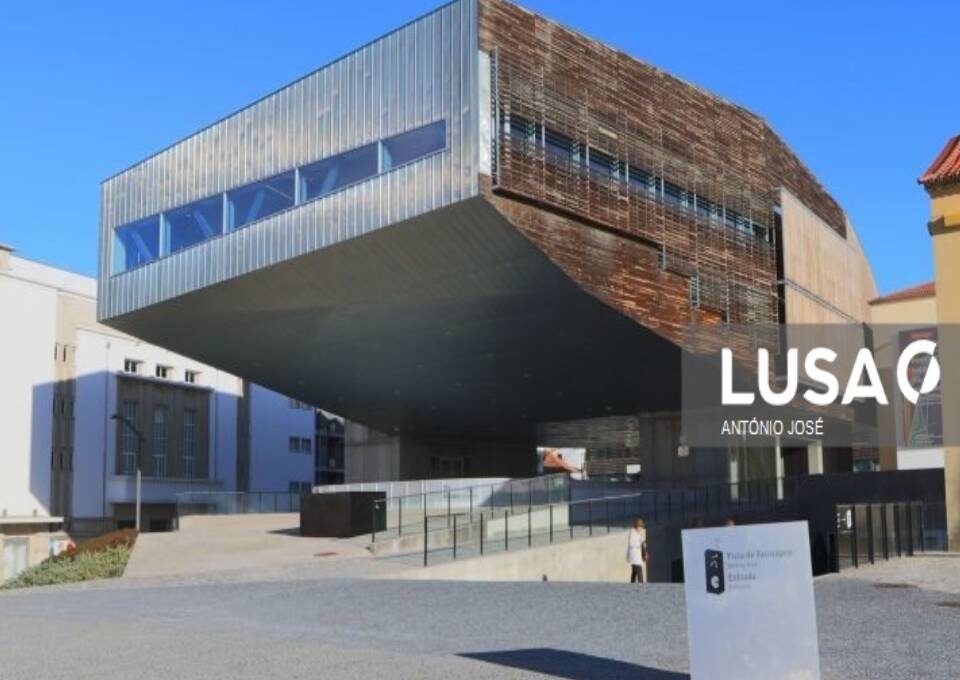
Castelo Branco: Municipality submits application to become a UNESCO Creative City

Castelo Branco hosts UNESCO’s international meeting of creative cities
The history of Castelo Branco’s embroidery is probably linked to England. Strange? Although unproven, the theory defended by researcher Ana Pires makes sense. It is generally accepted that the delicate and colorful silk embroidery on linen cloth has an Asian origin, evoking natural motifs such as birds and flowers. It is possible that embroidery came to Castelo Branco through commercial exchanges between the English and Beira Baixa, a region traditionally producing wool. “By coming here to buy wool, the English could bring products, such as printed cloths, from India and China,” says Fernando Manuel Raposo, adviser for the municipality’s Culture and Education department.
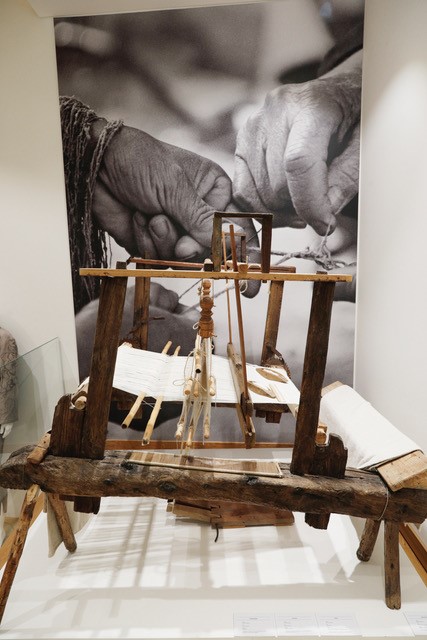
In the Interpretation Center you will find examples of panels and bedspreads, traditional looms and the history of the production cycle of raw materials
The famous embroideries, certified since 2018 and symbols of the city, continue to be highly appreciated by the British. Queen Elizabeth II was presented with a quilt, the cathedral in Manchester, England, is decorated with panels representing the seasons. It is likely that there are “more quilts in England than in Portugal”, suggests one of the embroiderers from the Oficina-Escola de Bordado de Castelo Branco.
In Praça de Camões, we find the Interpretation Center and the Castelo Branco Embroidery Workshop-School
The English are among the biggest buyers of this expensive art, because it is very labor-intensive, due to the extreme thoroughness of the stitches. “A quilt can take six months to finish, with six people working on it every day,” explains Lurdes Batista, an embroiderer for 34 years. There are quilts that cost thousands of euros. The municipality, the main driver of this art, has been looking for strategies to make Castelo Branco’s embroidery accessible to most people. Diversification of media is one solution, and in addition to quilts and panels, it is already possible to find this embroidery on other media, from clothing to pins.
Castelo Branco’s embroidery themes have long since leaped from textiles to spread on Vista Alegre chinaware, building tiles, and even on the city’s sidewalks
In the Interpretation Center adjacent to the workshop you will find old and modern examples of panels and quilts, traditional looms, and the history of the production cycle of the raw materials. There are also garments by Portuguese fashion designers, students and young graduates in fashion design , following the contest launched by the municipality to bring innovation to this traditional art. Another project is the training of new embroiderers, to ensure that the embroidery of Castelo Branco lasts through time.

